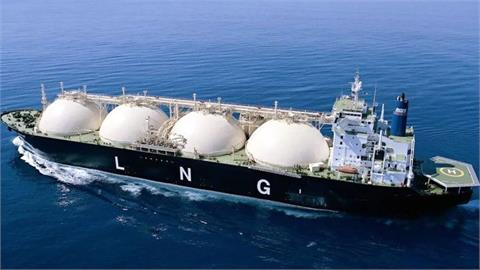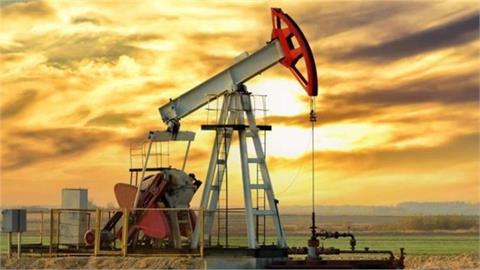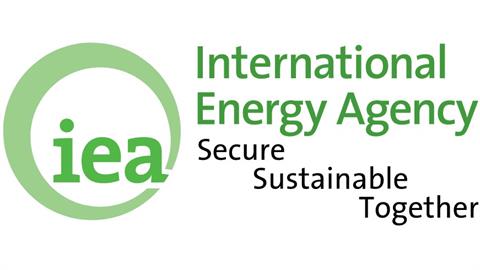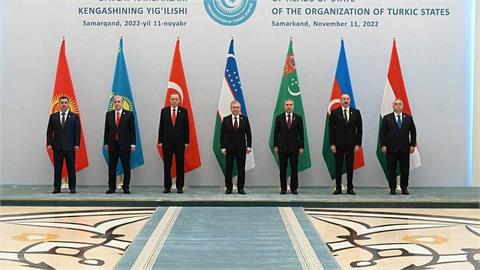The BalticConnector, a EU-backed gas transmission project between Estonia and Finland, will become operational from the beginning of 2020, boosting EU energy security, Herkko Plit, President and CEO at Baltic Connector Oy, told New Europe in Helsinki on October 12.
"Balticconnector (BC) will become operational from the beginning of 2020 onwards,” Plit said. "So far, no capacity bookings have yet been done. In general, the gas will be purchased from where it will be the cheapest. Finnish gas market will be opened in the beginning of 2020, i.e. once BC is in operation,” he added.
Comprising offshore and onshore pipelines and two compressor stations in both Estonia and Finland, the BalticConnector will diversify gas supplies away from Russia. "With BC, there is possibility to diversify the gas sources. At the moment Finland is 100% dependent on Russian gas. BC is one the key EU gas infrastructure projects, thus having also 75% EU funding. Creating the internal EU gas market the important issue and through this also the EU energy security gets improved,” Plit said.
During a trip to Finland for the second Energy Union Tour on October 12-13, European Commission Vice-President for Energy Union Maroš Šefčovič discussed the BalticConnector, noting ahead of his visit that it would "end Finland’s gas isolation and lead to a more competitive wholesale and retail gas, in addition to enhancing the region’s security of supply”.
Jorma Aurela, chief engineer at the Energy Department of the Ministry of Employment and the Economy, told New Europe in Helsinki on October 10 that in the past all the gas imports to Finland have come from Russia. "Gas has come from Russia but this change. We will have a gas connection to EU – this new gas pipeline – the BalticConnector. This is now a real connector,” he said, reminding that improvements in the connections of the gas transmission systems between Poland and the Baltic States and the Balticconnector project will enable the integration of the Finnish and Baltic systems with the EU’s common gas market.
"It’s a very interesting move because it has not been talked a lot in the Finnish policy but it will be true in 2020 and it’s not going to be very costly. So there, we will not have the monopoly of Russians. But still oil and coal is mostly imported from Russia and part of the electricity,” Aurela said.
The chief engineer from the Finnish ministry said the BalticConnector "is energy security of EU and, of course, Finland but also the Baltic countries because they have had market problems with the Russians. Finland somehow never had a problem with Russian gas”.
Aurela said liquefied natural gas (LNG) from the Lithuanian port of Klaipėda could feed into the Baltic Connector. "But it can come also from Central Europe from this connector from Poland,” he said.
Aurela reminded that the BalticConnector would not be possible without considerable support from the EU. The total cost of the project is €250 million. In 2016, the European Commission (CEF) granted funding of €187.5 million to the project. "It was very nice and even Mr. (Jean-Claude) Juncker came to place,” Aurela said.
He noted that some natural gas is used for electricity. "It is used in combined production. But it used to be more in the past than today. I remember when we used more than 7 billion cubic metres of gas. Now it’s much less – something like 4.5 billion cubic metres,” he said. "Gas in the old days and today is coming only from Russia,” he said.
Asked if the gas from the BalticConnector will be used for electricity, Aurela said: "It’s up to the clients. It’s not used so much. It’s too expensive to be used in electricity production so it is used in the industry more or less”.
https://www.neweurope.eu/article/finland-estonia-gas-pipe-diversify-eu-supplies-away-russia/



